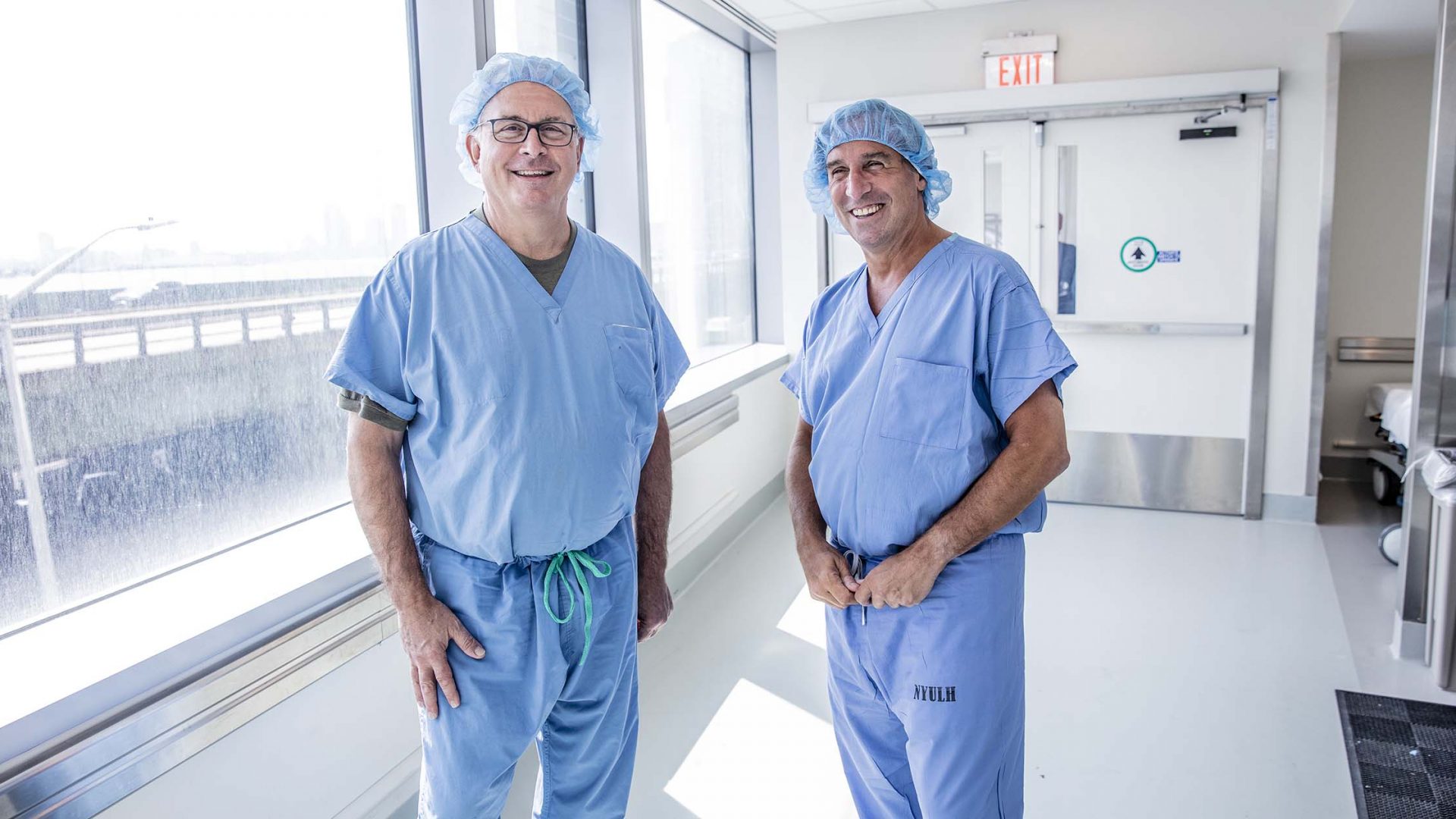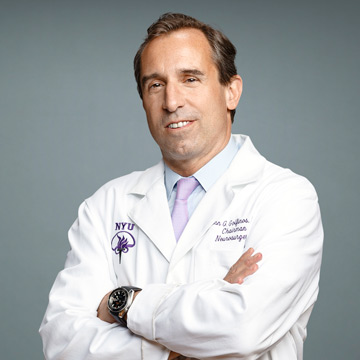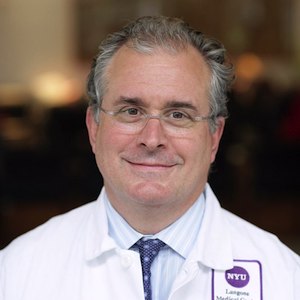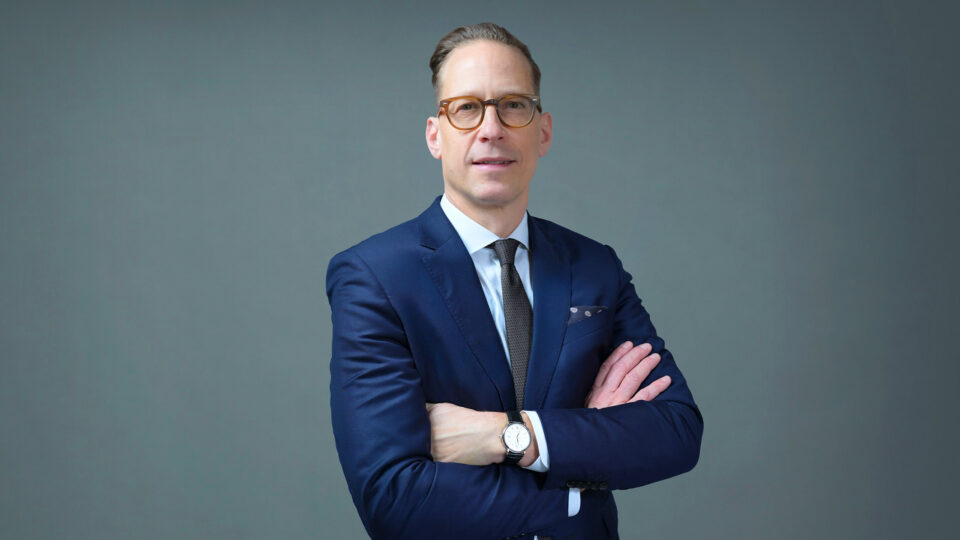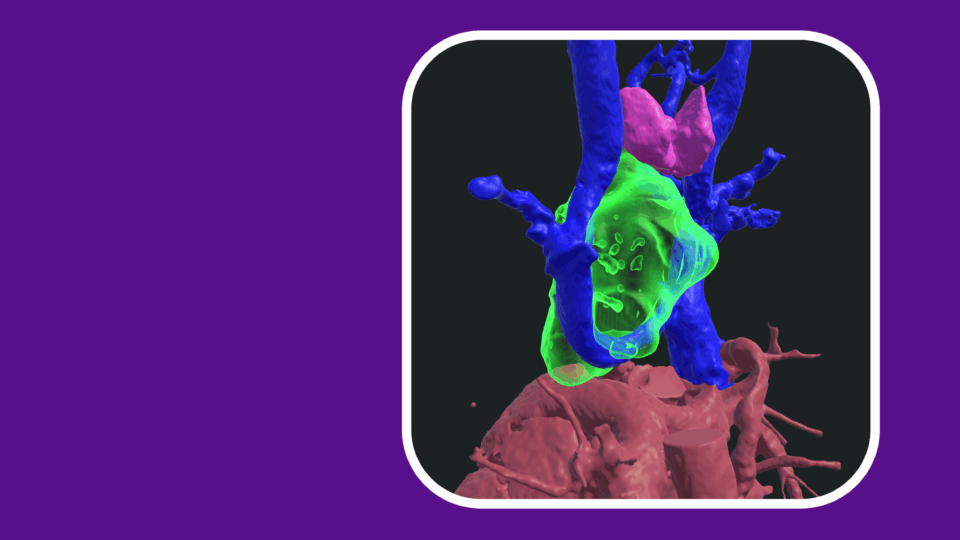John G. Golfinos, MD, previously served as president of the North American Skull Base Society (NASBS). In February 2022 at the society’s 31st annual meeting, Dr. Golfinos co-led a discussion on the critical importance of teamwork in skull base surgery with J. Thomas Roland, Jr., MD, chair of the Department of Otolaryngology–Head and Neck Surgery. Here, Drs. Golfinos and Roland discuss some of the insights and experiences they shared at the annual meeting.
Physician Focus: Dr. Golfinos, as president of the NASBS, you’re tasked with determining the focus of the annual meeting. Why did you choose teamwork as a content area this year?
Dr. Golfinos: Skull base surgery is uniquely challenging, so anything that makes it better and easier is a win. The goal is always the best possible outcomes for our patients. For nearly 30 years, Dr. Roland and I have collaborated for the sake of our patients, and we’ve seen that teamwork is more than a buzzword—it is a focused effort that has helped us consistently raise that bar.
NASBS represents a diverse group of specialties—from neurosurgeons and ENT surgeons to oncologists, rhinologists, and head and neck specialists—so teamwork is a fitting topic to highlight.
Physician Focus: With so many specialists involved in skull base surgery, one might expect teamwork to “just happen” naturally.
Dr. Roland: It does not. There are surgeons who approach things by themselves, only in certain ways, believing they don’t need anybody else. They may not grasp the value of a well-integrated team that communicates freely. Dr. Golfinos and I want to highlight how outcomes can be measurably improved when you prioritize teamwork. In our model, every member of the team is as important as another.
“There are common guideposts fundamental to helping a team succeed—for example, that a team is only as strong as its weakest link.”
John G. Golfinos, MD
Connecting Teamwork and Outcomes
Physician Focus: Can you share specific examples of the ways teamwork has contributed to better outcomes?
Dr. Golfinos: It wasn’t long ago when a patient with a large acoustic neuroma might expect to live with hearing loss and facial paralysis. That’s rare these days, because our fields—neurosurgery and otolaryngology—have come together to solve these problems. We can offer solutions to improve hearing like cochlear implants and auditory brain stem implants. When you involve everyone from audiologists and nurses to anesthesiologists and neurology specialists, you can prevent hearing loss or facial nerve dysfunction.
Dr. Roland: At NYU Langone Health, we’ve worked with the same scrub nurses and circulating nurses for nearly 20 years. We have superb physiologic monitoring capacity for real-time feedback during surgery. That seamlessness is important—otherwise, an operation will take twice as long. They know what we need. And, in a conscious fashion, we’ve empowered them to speak up and say, “Why aren’t you using this? Doctor, there might be an issue. Or, are you going to use this?”
This is not always how it is done. One of our former NYU Langone Health fellows recently brought her team from another institution to watch us perform a pediatric brain stem implant, because she wanted them to observe how we implement teamwork to carefully orchestrate the necessary sequence of events.
Physician Focus: How has technology made teamwork easier?
Dr. Golfinos: Certainly, the ability to constantly communicate and see things digitally allows us to plan more readily. We can instantly see the anatomy we’re working with and rehearse the approach. The days are gone when someone would have to carry large films from my office to Dr. Roland’s office for an hour-long meeting. Now we collaborate digitally on surgical planning. That level of communication between a neurosurgeon and a neurotologist couldn’t have happened before.
In the operating room, we have machine learning that can tell us histologically whether something is cancerous right away, which facilitates more real-time team planning. Advanced monitoring is another input allowing the team to determine how to rescue the nerves held hostage by a given tumor.
Sharing Lessons With Peers
Physician Focus: What will be some of your key messages for the annual meeting?
Dr. Golfinos: We’ll present several scenarios that illustrate the concept of team. And, we plan to bring in a very compelling speaker from outside the world of medicine. Whether in surgery or other high-pressure fields like the military, there are common guideposts fundamental to helping a team succeed—for example, that a team is only as strong as its weakest link. And, when you combine unique talents, you end up with greater talent than the sum of each individual. Another is that everyone must leave their ego at the door and keep their mind open to feedback.
“An effective team will rehearse every aspect of a surgery to determine pacing—like a special ops mission.”
J. Thomas Roland, Jr., MD
Dr. Roland: An effective team will rehearse every aspect of a surgery to determine pacing—like a special ops mission. And, again, it’s important to empower everyone on the team, from scrub nurses to monitoring staff. Everyone must be free to speak up if something doesn’t seem right. Those have been important aspects of our work in building a top skull base surgery program. We hope they will encourage other surgical teams to collaborate toward better outcomes.


